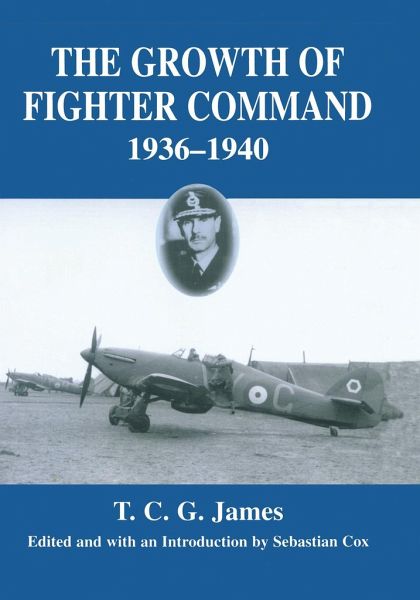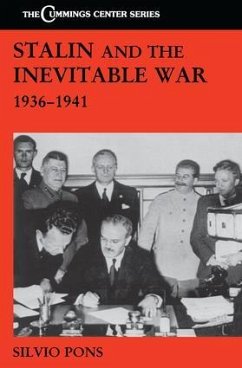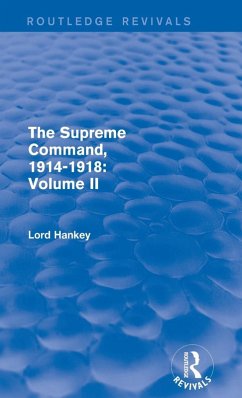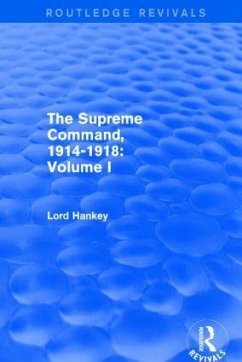
Growth of Fighter Command, 1936-1940
Air Defence of Great Britain, Volume 1
Herausgeber: Cox, Sebastian
Versandkostenfrei!
Versandfertig in 1-2 Wochen
65,99 €
inkl. MwSt.
Weitere Ausgaben:

PAYBACK Punkte
33 °P sammeln!
The first of two volumes of the classified Air Historical Branch study of Fighter Command and the Air Defence of the United Kingdom. It covers pre-war expansion of the Command, the creation of the first integrated air defence system, and an account of Dunkirk and the Battle of Britain.














